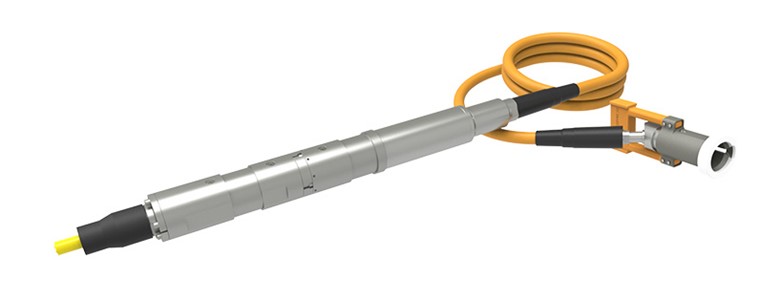Electrical/Optical CAN bus Flying Lead (EOFL-C)
Request a quote for: Electrical/Optical CAN bus Flying Lead (EOFL-C)
Get your non-binding quote today and see how we can help.
CAN bus refers to multiple versions of a Controlled Area Network bus. The Oil and Gas industry as standardize on the Fault tolerant version of CAN as described by ISO11898-3. This is also often described as low speed CAN and has limitations to overall length of a bus. This technology converts the Fault tolerant signal to Optical Can allowing for distances up to and above 5 KM. The Optical signal is then converted back to Fault tolerant on the far side.
Converter Housing
The housing is a 1 ATM enclosure and will be back filled with dry Nitrogen to facilitate heat transfer for the circuit boards. The circuit boards are protected on one side by a glass to metal seal penetrator. These penetrators have a use history of over fifty years and show a very high reliability. The other side uses hermetic sealed Optical penetrator and FACT pins. Both have also proven reliability.
Circuit Boards
The converter boards are custom to our application and are made to class 3 specifications per IPC 6012, requiring the tightest tolerances to ensure higher reliability. Qualification Units will have undergone ISO 13628-6 Q1 and Q2 level testing before approved. For the Optical extended CAN there are two boards. One for power conversion, to convert 24 VDC to 5 VDC. The DC to DC converter board is set up for two independent circuits and can handle an input range of 8 to 36 VDC. The EOFL-C board is laid out to run a single channel. Running two channels will require an additional CAN board which will fit in housing.
Key features
- Optical Extended CAN Bus Jumper, using fault tolerant to optical conversion to extend the range, can extend up to 5 kilometers subsea
- Qualified repeater housing protected on each side by highly reliable glass to metal sealed penetrators




